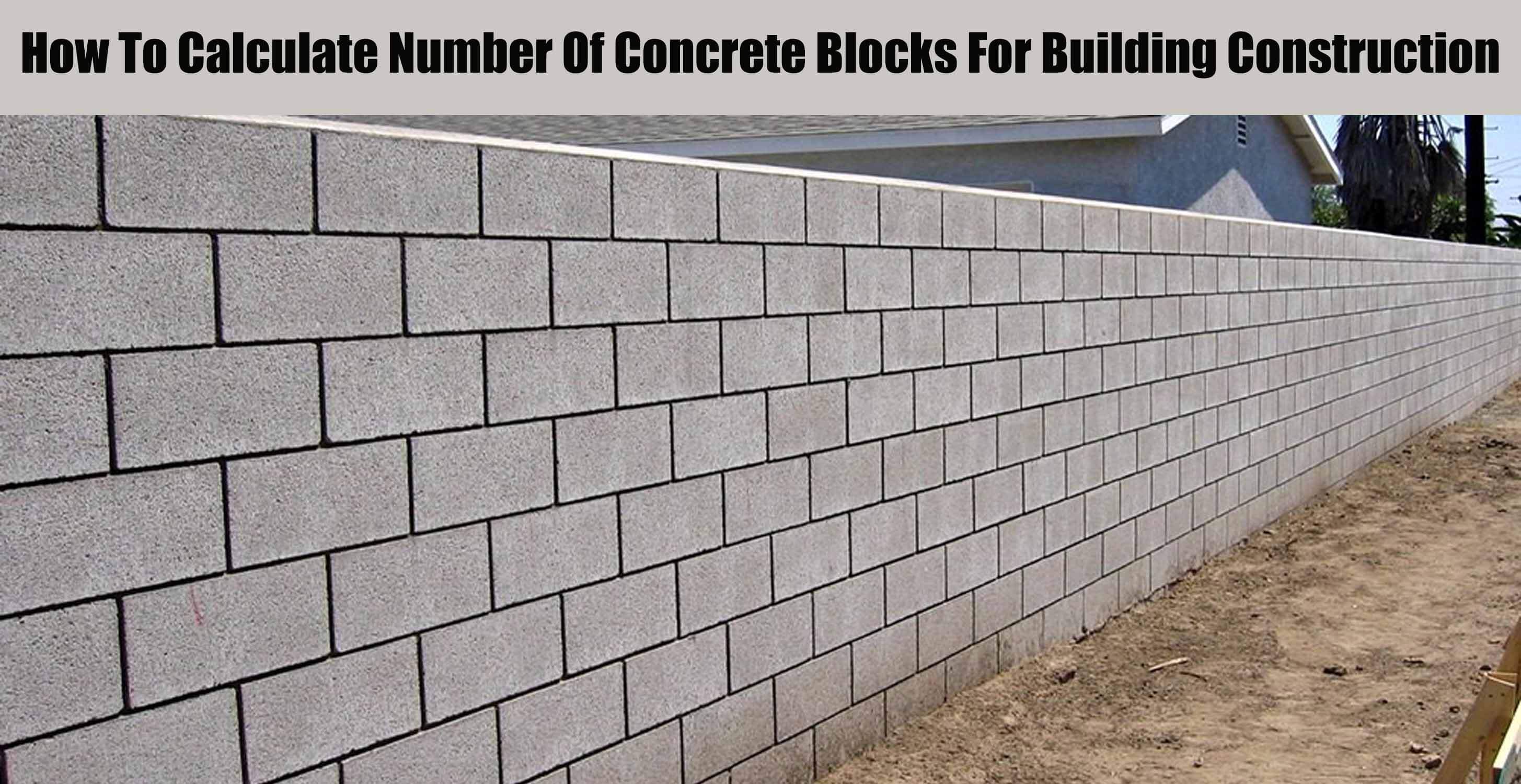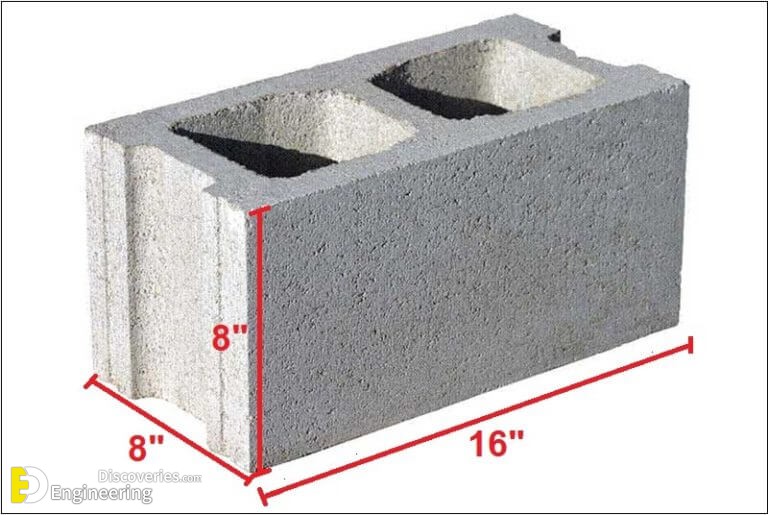Cement or concrete blocks are available in several sizes and many shapes, and have a wide range of physical properties. They may be hollow or solid, made from lightweight cement or be formed from very dense aggregate. Specialist cement blocks have additional benefits such as high thermal and sound insulation properties.
Calculating the quantity of blocks needed for a building is a straightforward process that does not require any previous building or architectural skills. There are several methods for calculating number of blocks in a wall. In this article, I will explain two simple methods to find out total no. of blocks for a wall.


